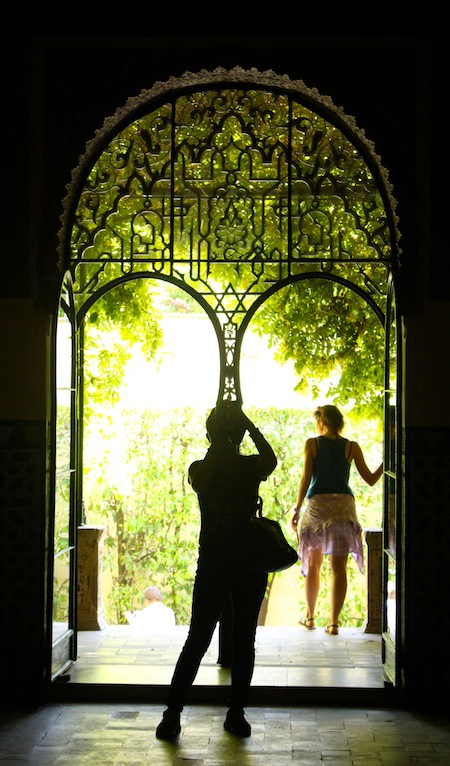What often happens when religion and architecture come together? You can get the most stunning creations and at the same time, you can also get the worst possible behaviour..
Perhaps the history of two of Southern Spain’s most significant buildings can be summed up with the opening line of Charles Dickens’s novel “Tale of Two Cities” – “It was the best of times, it was the worst of times, it was the age of wisdom, it was the age of foolishness….” Our two cities are Cordoba and Seville. Both are home to UNESCO World Heritage sites – one celebrates its Arabic origins and trumpets the culture that built such an incredible place and the other, quite literally attempted to bury many of the signs of its Arabic history. Cordoba in the 10th century was the most populous city in the world – between 500,000 to a million souls. The Moors, who had overrun the Christians, who had overrun the Romans (stop me if this is sounding all too familiar in these times!) had developed the city into a centre of learning, culture, economics and politics, with the world’s biggest library, holding up to a million texts. In the city centre had stood the christian Church of St Vincent. The Moors bought half the church from the Christians and proceeded to develop and extend the site into what was to become one of the most important examples of Arabic architecture in the world – the Great Mosque of Cordoba. Centuries later, when the Christian armies over-ran the city they naturally reclaimed the Mosque at the same time. It seems that victory wasn’t, and apparently still isn’t enough. Even as we toured the building all these centuries later, official guides could be heard earnestly telling the tourists that this really is a Christian place – not Muslim at all. The Islamic Council of Spain has even asked the Vatican for permission to jointly worship there and has been repeatedly refused. There were 856 columns in the original mosque, carved from jasper, marble, onyx and granite. Today you can see where newer columns were literally built against them in plain stone to subsume the original.
Contrast this with the inscriptions above the entrance archway of the Reales Alcazar, or Royal Palace, in Seville. While one announces in Spanish that the building’s creator was ‘the very high, noble and conquering Don Pedro, by the grace of God king of Castila and León,’ another proclaims repeatedly in Arabic that ‘there is no conqueror but Allah.’ Now the oldest royal palace still in use, it was originally built as a Moorish fort in 913. It too has been extended and altered over the centuries by a myriad of Christian kings and noblemen, but its Muslim heritage is preserved and celebrated. Both have done a fine job in creating one of the most beautiful places we have ever seen. And it is dripping in history. From the Maiden’s Courtyard, through to the The Admiral’s Hall was where Ferdinand Magellan, Amerigo Vespucci and Juan Sebastian Elcano planned their world trips and cartographer Juan de la Cosa crafted the first world map. Down the hallway was the site of Columbus’s meeting with the king and queen having returned from the “newly discovered” lands – depicted in paintings that still hang on the ancient walls. It is a celebration of all history, not a distortion of its parts and that makes it all the more beautiful.

